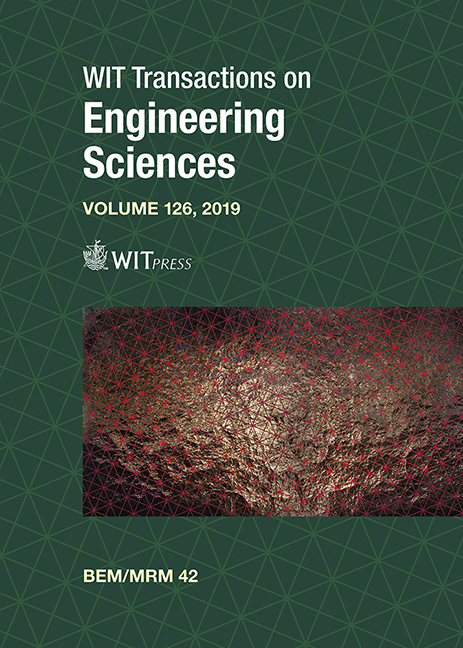FAST METHODS FOR VORTEX INFLUENCE COMPUTATION IN MESHLESS LAGRANGIAN VORTEX METHODS FOR 2D INCOMPRESSIBLE FLOWS SIMULATION
Price
Free (open access)
Transaction
Volume
126
Pages
13
Page Range
255 - 267
Published
2019
Size
993 kb
Paper DOI
10.2495/BE420231
Copyright
WIT Press
Author(s)
DARIA LEONOVA, ILIA MARCHEVSKY, EVGENIYA RYATINA
Abstract
Vortex methods are a powerful tool for solving engineering problems of incompressible flow simulation around airfoils. The vorticity is considered as a primary computed variable. According to the Navier–Stokes equations written down in Helmholtz-type form (for 2D case), new vorticity is generated only on the surface line of an airfoil. Its intensity is unknown and can be found from the solution of the boundary integral equation resulting from the no-slip boundary condition satisfaction. The right-hand side of the integral equation in the simplest case depends on the incident flow velocity and vorticity distribution in the flow domain. For the velocity field computation, it is necessary to take into account the influence of all the vortices, which simulate the vorticity distribution in the flow. These vortices are moving in the flow with velocities calculated as sums of point-to-point vortex influences, so the computation complexity of such operation is proportional to
Keywords
vortex methods, viscous incompressible media, vortex influence calculation, fast methods, Barnes–Hut-type method, Poisson equation, fast Fourier transform





